Breast Augmentation
What is a Breast Augmentation?
The use of implants to increase the size and projection of breast in women dissatisfied with their size/appearance. Surgical enhancement of breast size is one of the most common cosmetic procedures performed today with a wide variety of techniques and implants used to help patients reach their desired goals.
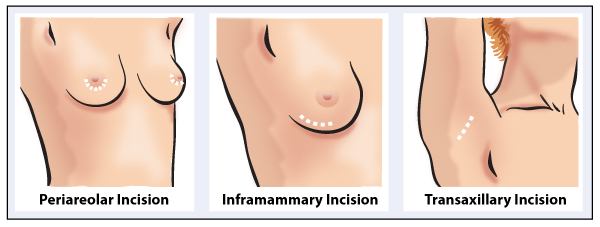
Technique
Different methods for performing breast augmentation
can be separated based on incision type, periareolar (around
nipple) or in inframammary fold (in the fold underneath your
breast), and location of implant placement (above or below
pectoralis major muscle). The most common way our surgeons
perform breast augmentation procedures is with an incision along
the inframammary fold and with implant placement under the
pectoralis major muscle. This technique has a lower rate of complication and enhanced ability of the surgeon to see the entire surgical field leading to improved ability to shape and optimize outcome, while making the scar minimal and well hidden in inframammary fold. Placement of implant below pectoralis major muscle tends to result in a more natural appearance versus placement of implant above pectoralis major muscle, subglandular location, resulting in an increased upper pole fullness and more augmented appearance and higher risk of some complications. However, our surgeons evaluate and treat based on patient’s personal needs and desired outcome.

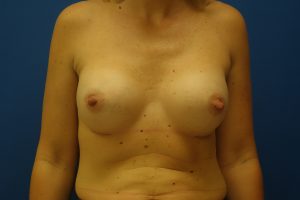
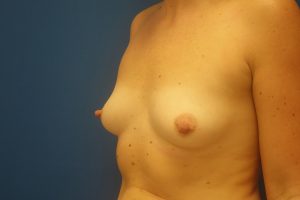
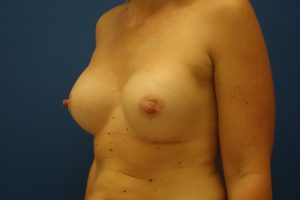
Implant choice:
There are 2 general categories of implant type available today; saline filled versus silicone filled. Saline filled implants are simply silicone shells filled with saline to desired size.
- Saline: The benefit of saline implants is that if a rupture of the implant were to occur the event would be easily recognizable and therefore quickly addressed. While a major disadvantage of saline implants is that they tend to confer a less natural feel as saline is an unyielding fluid as compared to silicone.
- Silicone: The biggest advantage of silicone implants is the soft, natural feeling, and customizable effect from the implant making silicone the preferred choice for the vast majority of patients and surgeons. The main disadvantage for silicone implants is that if a leak were to occur, it could go undetected if medical imaging is not performed.
It is important that each patient identifies what is important to them and discusses their options with their surgeon. Through careful preoperative planning, patients can have implants chosen that will uniquely meet their desired goals.
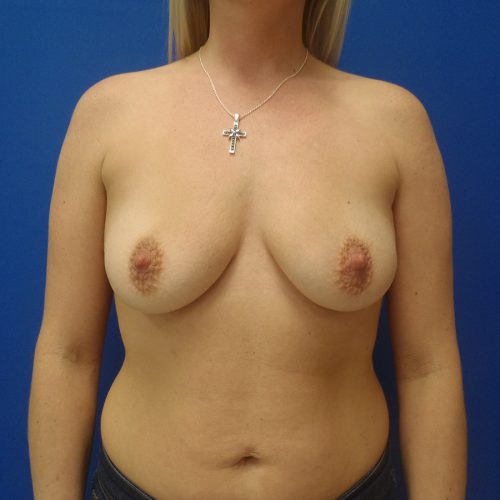
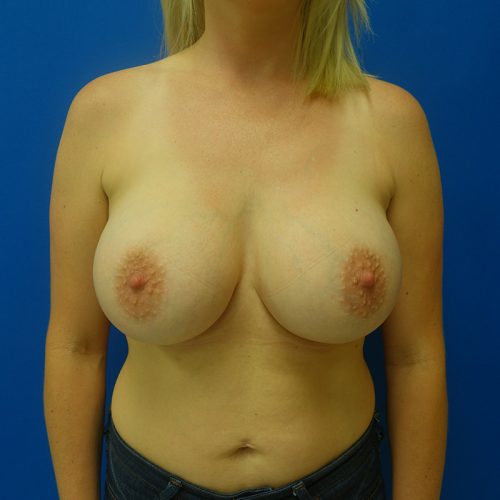
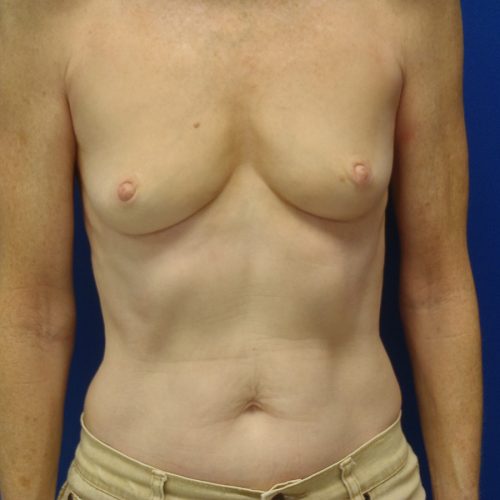
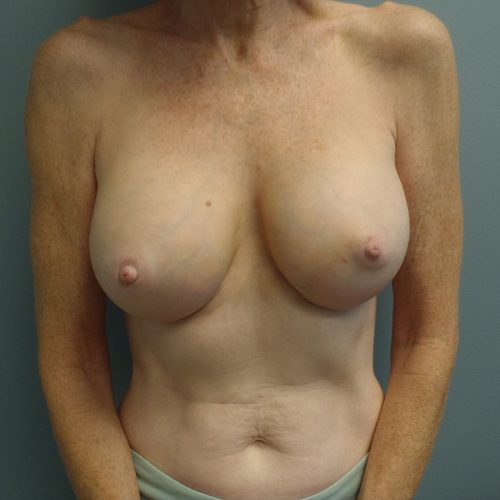
Surgery:
This surgical procedure is typically performed on an outpatient basis, in our Joint Commission certified operating suite. Surgery lasts on average of 1-2 hours, and then patients are discharged home that same day. Patients who undergo breast augmentation will follow up in our office 1-3 days post operatively.
Things to know:
- You will have to wear a post-surgical bra for a couple weeks following surgery.
- You may begin showering in 48 hours after surgery. When showering, wash all areas with soap and water, and pat dry with a towel. It is important that you do not submerge your surgical incision in water (i.e. no bath tubs, swimming pools, etc.).
- Sutures will be absorbable. Follow up appointments will typically be scheduled in weekly and then two-week intervals. You may begin scar massage and use of scar creams approximately 3 weeks after surgery.
Postoperative restrictions are as follows:
No heavy lifting, pushing, or performing any activities that engage the pectoralis muscle for 4 weeks. At 4 weeks post operatively, we will gradually increase the weight you may lift and your activities over the next few weeks. At 8 weeks you are cleared for full activity.
